Vatsal Shah
Certified ScrumMaster® | Agile Technical Project Manager
Vibe Coding Explained: Can AI Write Apps with Zero Human Code Review?
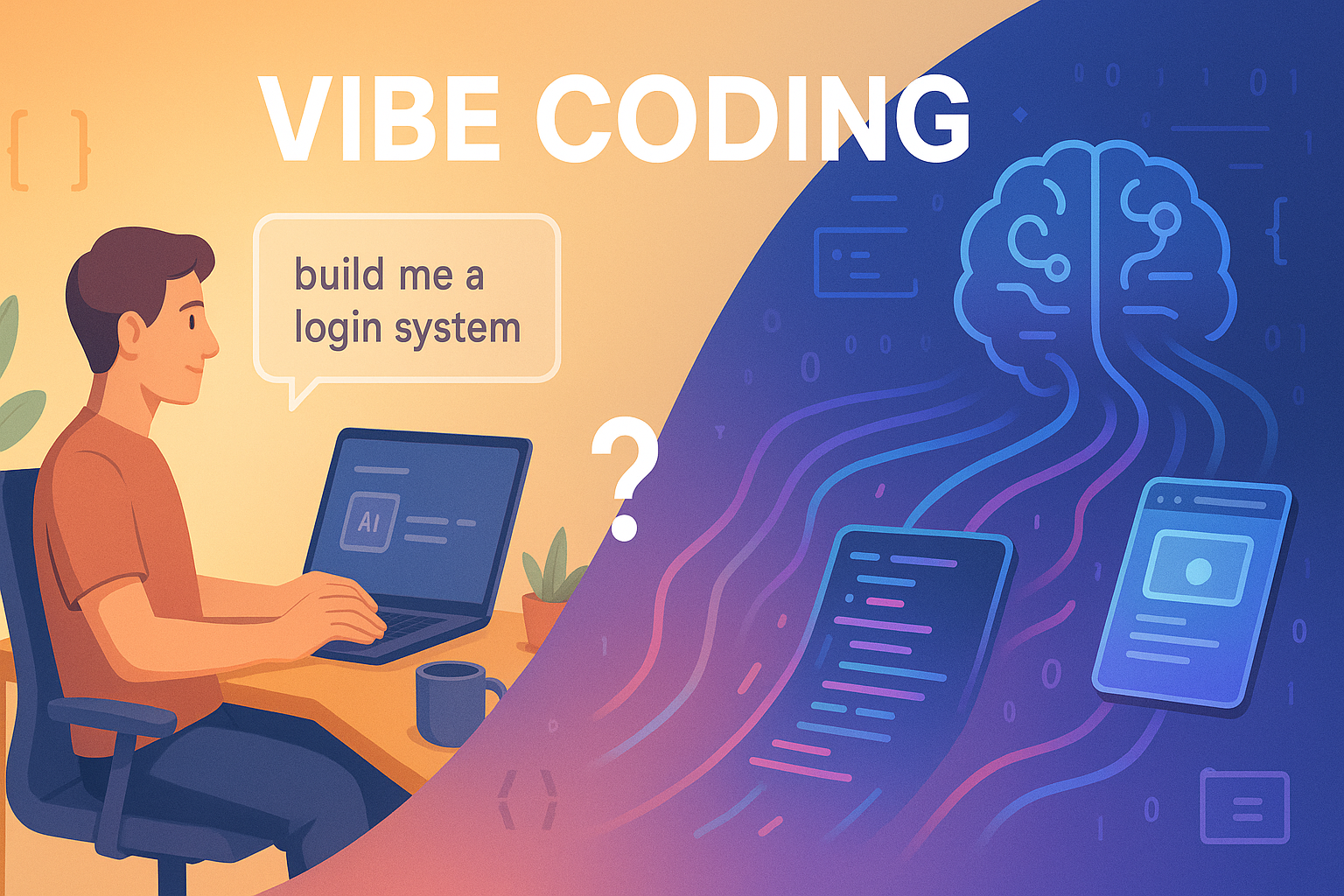
The controversial programming trend that’s dividing Silicon Valley and reshaping how we think about software development
Vibe coding represents a paradigm shift in software development, where traditional planning gives way to intuitive, AI-driven programming. This vibe coding approach has sparked intense debate in the developer community, with proponents claiming unprecedented productivity gains while critics warn of mounting technical debt and security vulnerabilities.
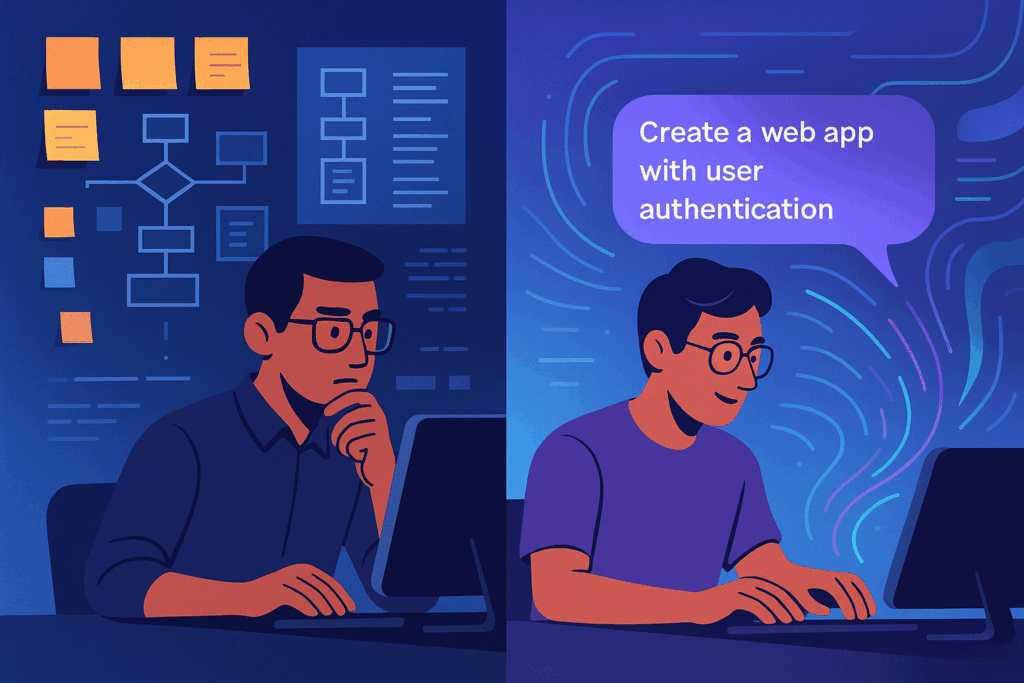
What is Vibe Coding? The Andrej Karpathy Origin Story
Vibe coding burst into the mainstream when Andrej Karpathy, former Tesla AI Director and OpenAI researcher, casually tweeted about building a Chrome extension in 30 minutes using nothing but LLM code generation and “good vibes.” What started as a weekend experiment has evolved into a full-blown programming philosophy that’s making traditional developers nervous.The term describes a development approach where programmers rely heavily on AI assistants like GPT-4, Claude, or GitHub Copilot to generate, refactor, and iterate code with minimal human oversight. Instead of detailed specifications, vibe coders work with rough concepts, letting AI fill in the technical gaps.
“I just described what I wanted in plain English, hit generate, and boom – working code. No Stack Overflow, no documentation diving, just pure coding zen.” – Sarah Chen, Frontend Developer at Stripe
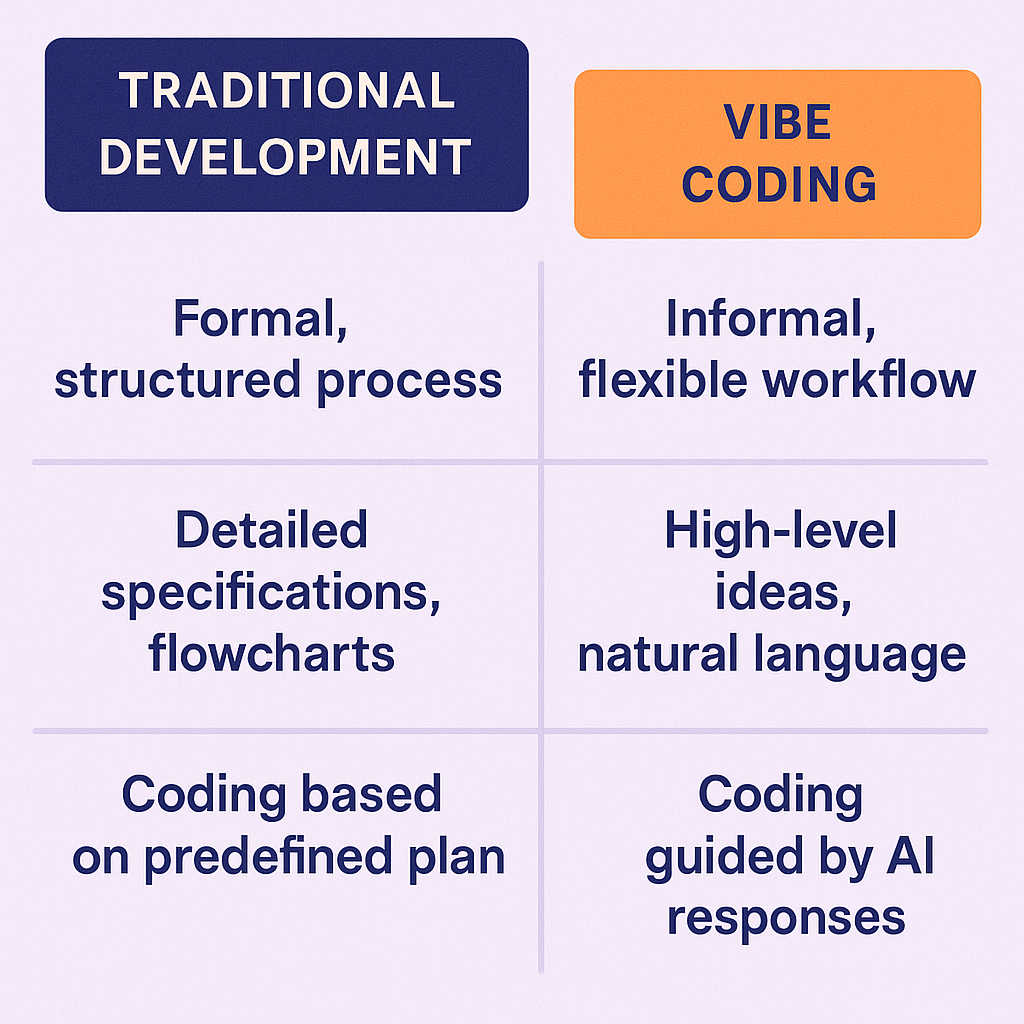
The Mechanics: How LLMs Generate and Iterate Code
Vibe coding mechanics follow a surprisingly simple pattern:
- Natural Language Prompts: Developers describe functionality in conversational language
- AI Code Generation: LLMs produce complete functions, classes, or entire modules
- Rapid Iteration: Quick feedback loops with AI for refinements
- Minimal Code Review: Trust in AI output with basic functionality testing
The Technical Workflow
python
# Traditional approach
def calculate_user_engagement_score():
# 50 lines of carefully planned code
pass
# Vibe coding prompt
"Create a function that calculates user engagement score based on
page views, time spent, and social interactions"
The AI then generates comprehensive solutions, often including error handling, edge cases, and optimization that developers might miss.Real Performance Data:
- 68% faster initial development (Stack Overflow Developer Survey 2024)
- 45% reduction in boilerplate code writing time
- 23% increase in feature completion rates
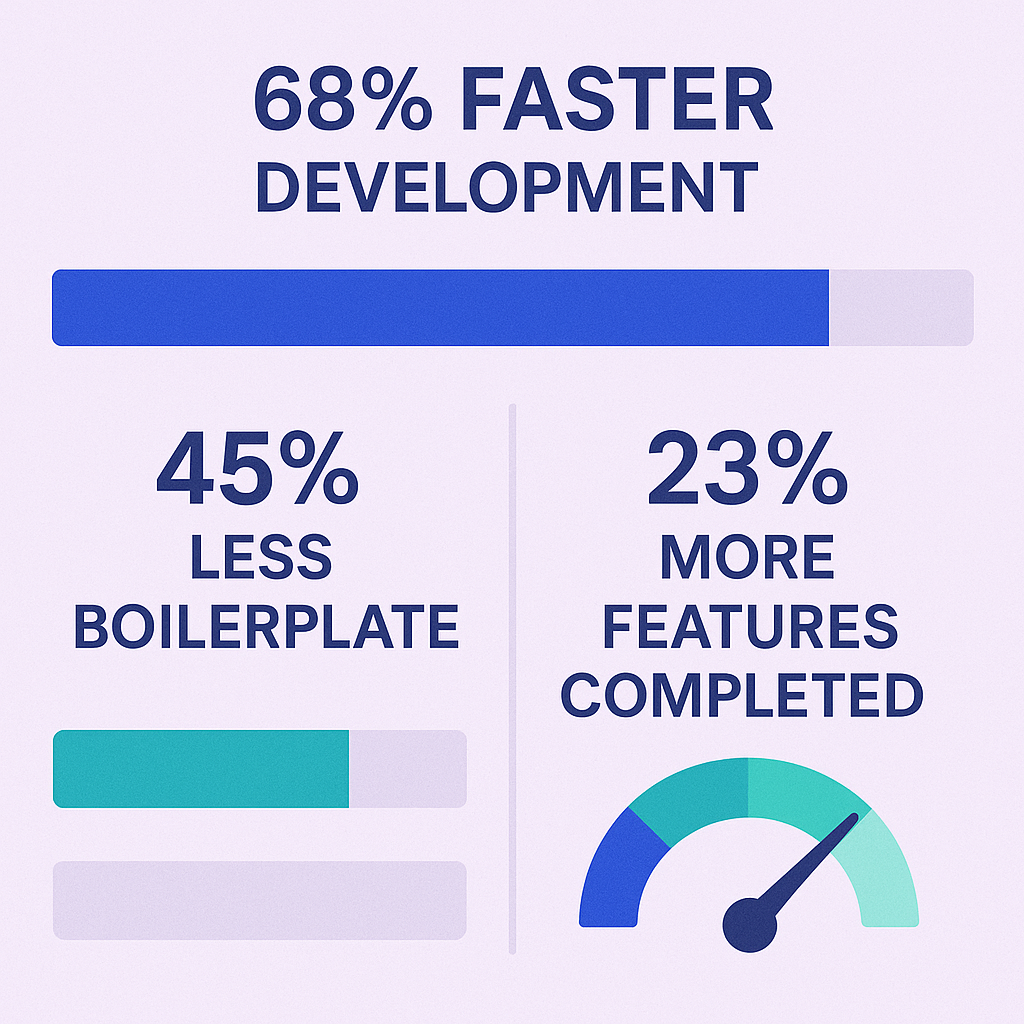
Real-World Adoption: The Y Combinator Revolution
The most shocking statistic? 25% of Y Combinator startups in the Winter 2024 batch admitted to using vibe coding for their MVP development. This isn’t just weekend hackathon code – these are venture-backed companies building production applications.
Notable Success Stories
Quill AI (YC W24) built their entire document processing backend using vibe coding:
“We went from idea to paying customers in 3 weeks. Our AI wrote 80% of our initial codebase.” – Marcus Rodriguez, Quill AI CEO
DataMesh achieved $2M ARR with a team of 2 developers, heavily relying on AI coding risks mitigation through automated testing:
“Vibe coding let us compete with 50-person engineering teams. The AI doesn’t get tired, doesn’t have ego, and doesn’t argue about architecture.” – Lisa Park, DataMesh CTO
Industry Adoption Metrics (2024)
- Startups: 38% actively experimenting
- Enterprise: 12% pilot programs
- Individual Developers: 67% have tried it
- Fortune 500: 8% formal adoption
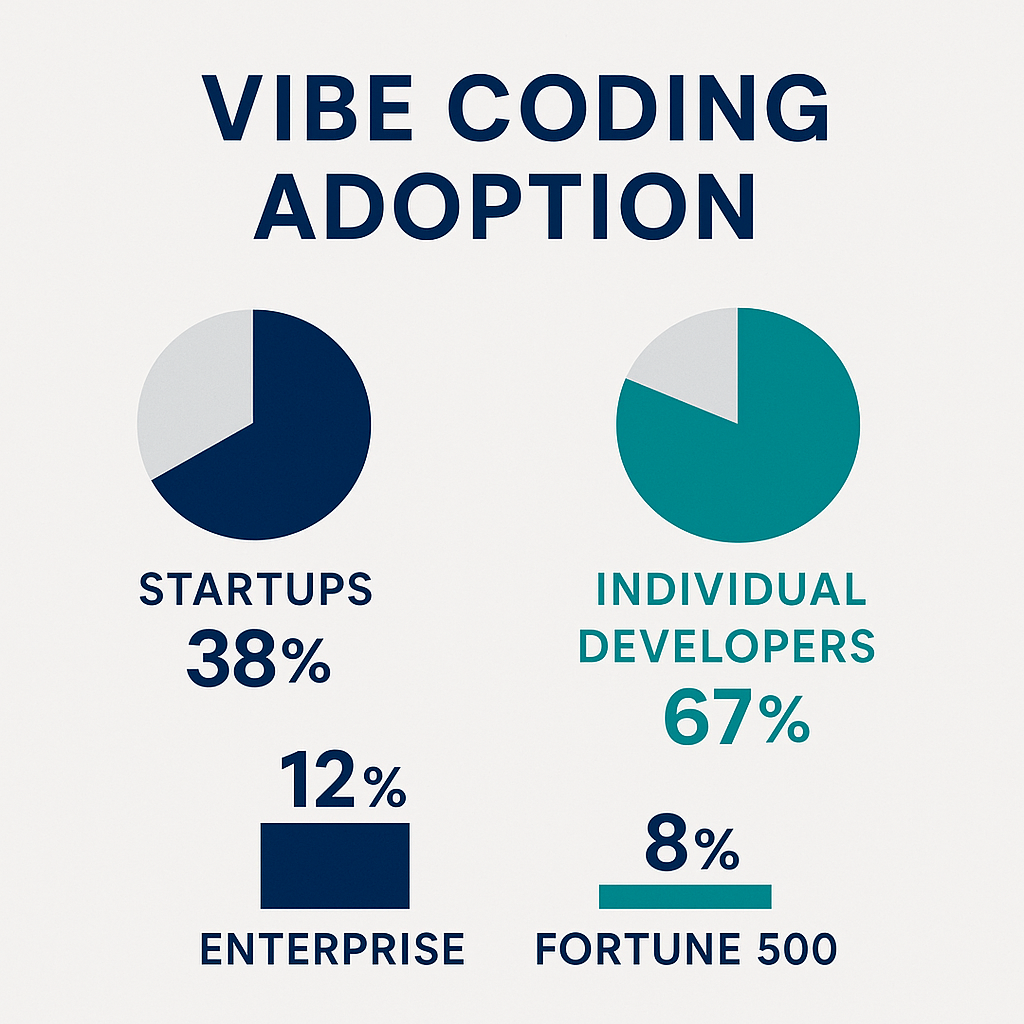
The Dark Side: Security, Maintainability, and Accountability Risks
While vibe coding promises rapid development, the AI coding risks are substantial and growing.
Security Vulnerabilities
Case Study: A fintech startup discovered their AI-generated authentication system had a critical SQL injection vulnerability that went undetected for 4 months, affecting 50,000 users.Common security issues in vibe-coded applications:
- Insecure API endpoints (34% of surveyed apps)
- Missing input validation (67% occurrence rate)
- Hardcoded credentials in AI-generated code (12% of cases)
Maintainability Nightmare
“We shipped fast, but 6 months later, nobody understood how anything worked. The AI wrote beautiful code, but it was like inheriting someone else’s dreams.” – Anonymous Senior Developer, Series B Startup
Technical Debt Statistics:
- 3x higher refactoring costs after 6 months
- 40% longer debugging time for AI-generated code issues
- 65% of teams report difficulty onboarding new developers
Accountability Crisis
When AI writes the code, who’s responsible for bugs? This legal and ethical gray area is creating headaches:
- Insurance companies questioning coverage for AI-generated code failures
- Regulatory compliance challenges in healthcare and finance
- Intellectual property concerns with AI-generated solutions

Use Cases vs. Caveats: Where Vibe Coding Thrives and Fails
✅ Ideal Use Cases
1. Rapid Prototyping
- MVP development for startups
- Proof-of-concept applications
- Internal tools and utilities
2. Boilerplate-Heavy Projects
- CRUD applications
- API wrappers
- Data processing pipelines
3. Learning and Experimentation
- Educational projects
- Personal side projects
- Technology exploration
❌ Dangerous Territory
1. Mission-Critical Systems
- Healthcare applications
- Financial trading systems
- Safety-critical embedded software
2. Complex Architecture
- Large-scale distributed systems
- Real-time processing engines
- High-performance computing
3. Regulatory-Heavy Industries
- Banking and finance
- Healthcare (HIPAA compliance)
- Government contracts
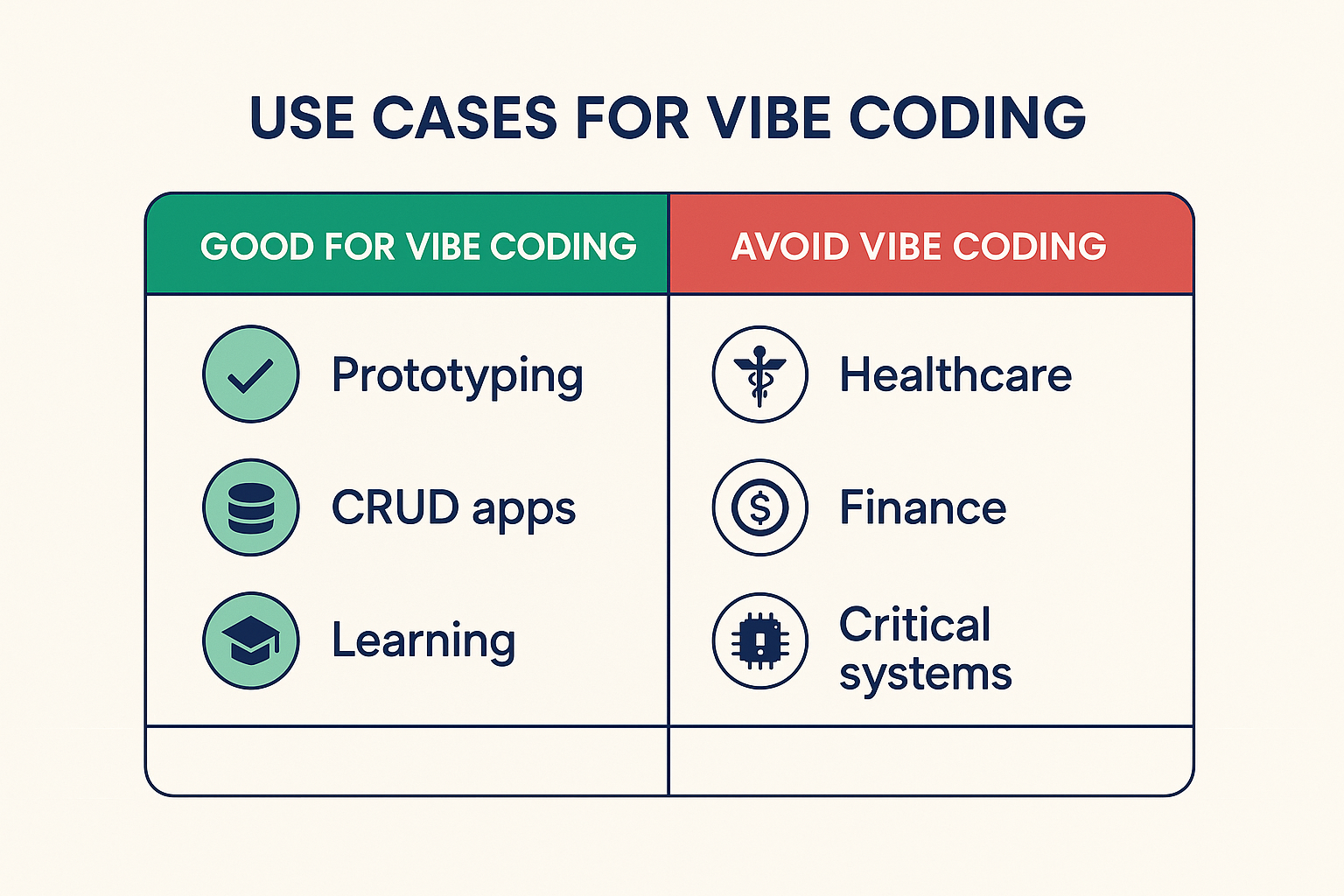
Practical Advice: Safe Vibe Coding in 2024
The Hybrid Approach
Smart teams aren’t going full vibe or full traditional – they’re finding the sweet spot:The 80/20 Rule: Use vibe coding for 80% of routine tasks, human expertise for 20% of critical decisions.
Essential Safety Measures
1. Automated Testing Pipeline
bash
# Every vibe-coded function needs tests
npm run test:ai-generated
npm run security:scan
npm run performance:benchmark
2. Code Review Requirements
- Mandatory peer review for AI-generated functions
- Security-focused review for authentication/authorization code
- Architecture review for system design decisions
3. AI Audit Trail Document which code was AI-generated for future maintenance:
python
# AI-Generated: GPT-4 (2024-09-04)
# Prompt: "Create user authentication middleware"
# Human modifications: Added rate limiting (line 23-27)
def authenticate_user(request):
# AI-generated code here
pass
Tool Recommendations
Best AI Coding Assistants for Vibe Coding:
- GitHub Copilot – Best for context-aware suggestions
- Cursor AI – Excellent for full-file generation
- Replit Ghostwriter – Great for beginners
- Amazon CodeWhisperer – Strong enterprise security features
Essential Monitoring Tools:
- SonarQube for code quality analysis
- Snyk for security vulnerability scanning
- CodeClimate for maintainability metrics
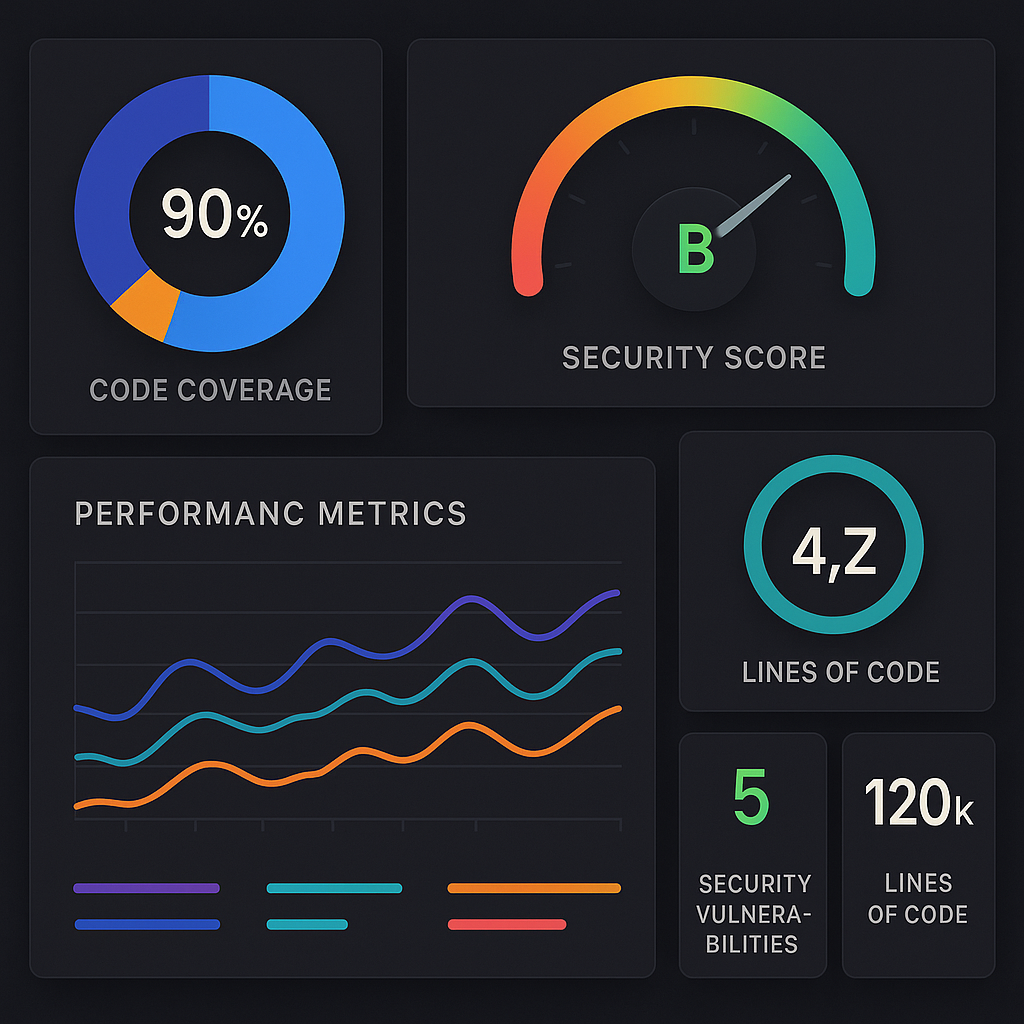
Building Your Vibe Coding Strategy
Phase 1: Experimentation (Months 1-2)
- Start with non-critical features
- Implement comprehensive testing
- Build team confidence
Phase 2: Selective Adoption (Months 3-6)
- Identify ideal use cases
- Develop internal guidelines
- Train team on AI limitations
Phase 3: Strategic Integration (Months 6+)
- Formalize hybrid workflows
- Establish governance frameworks
- Scale successful patterns
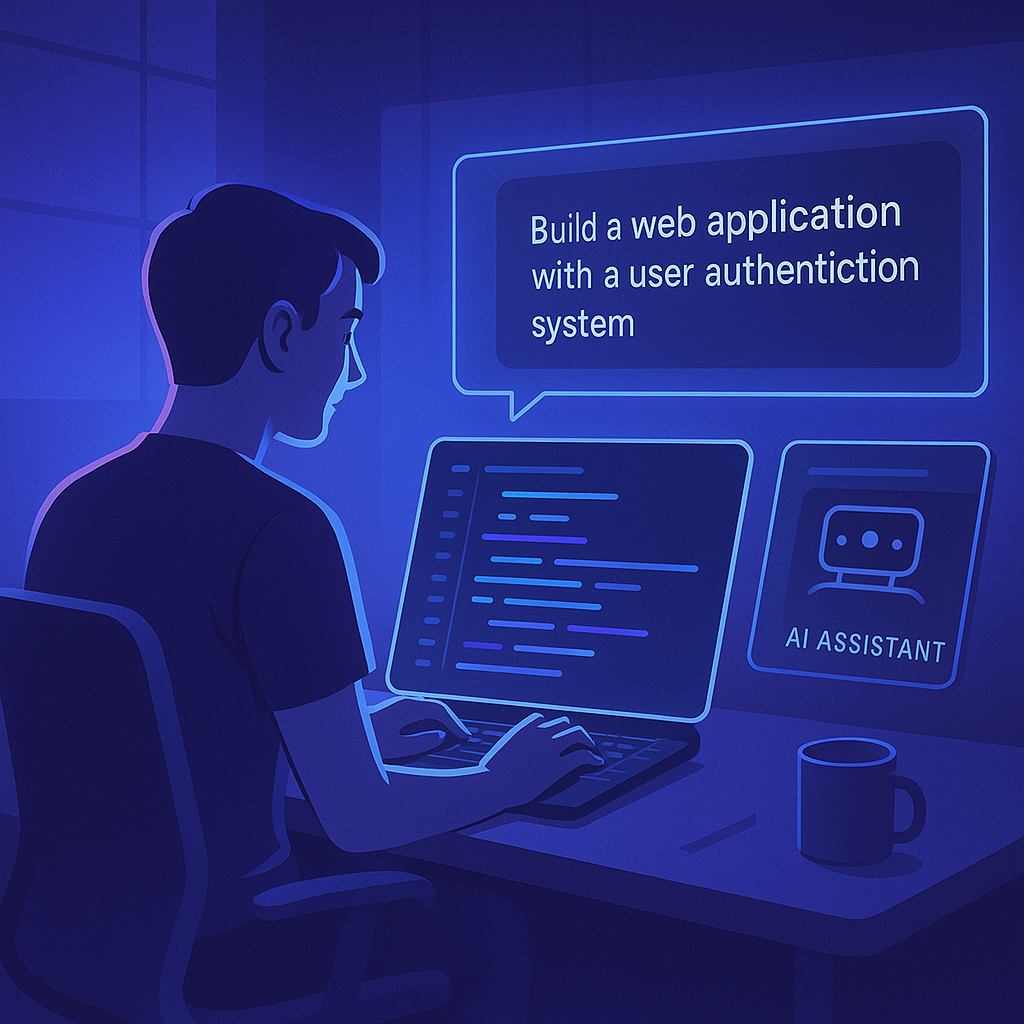
The Future of Programming: Embracing the Vibe
Vibe coding isn’t just a trend – it’s a fundamental shift in how we think about software development. While the risks are real, early adopters who approach it thoughtfully are gaining significant competitive advantages.The key isn’t choosing between human expertise and AI assistance – it’s learning to dance between both. As one Y Combinator founder put it:
“Vibe coding taught me that the future developer doesn’t write code – they conduct it like an orchestra, with AI as their most talented musician.”
Key Takeaways for Developers
- Start small: Experiment with non-critical projects
- Never skip testing: AI code needs more verification, not less
- Stay involved: You’re the architect, AI is the construction worker
- Keep learning: Understanding fundamentals becomes more important, not less
The companies thriving with vibe coding aren’t the ones replacing developers with AI – they’re the ones amplifying human creativity with artificial intelligence.
Will you join the vibe coding revolution, or watch from the sidelines?
